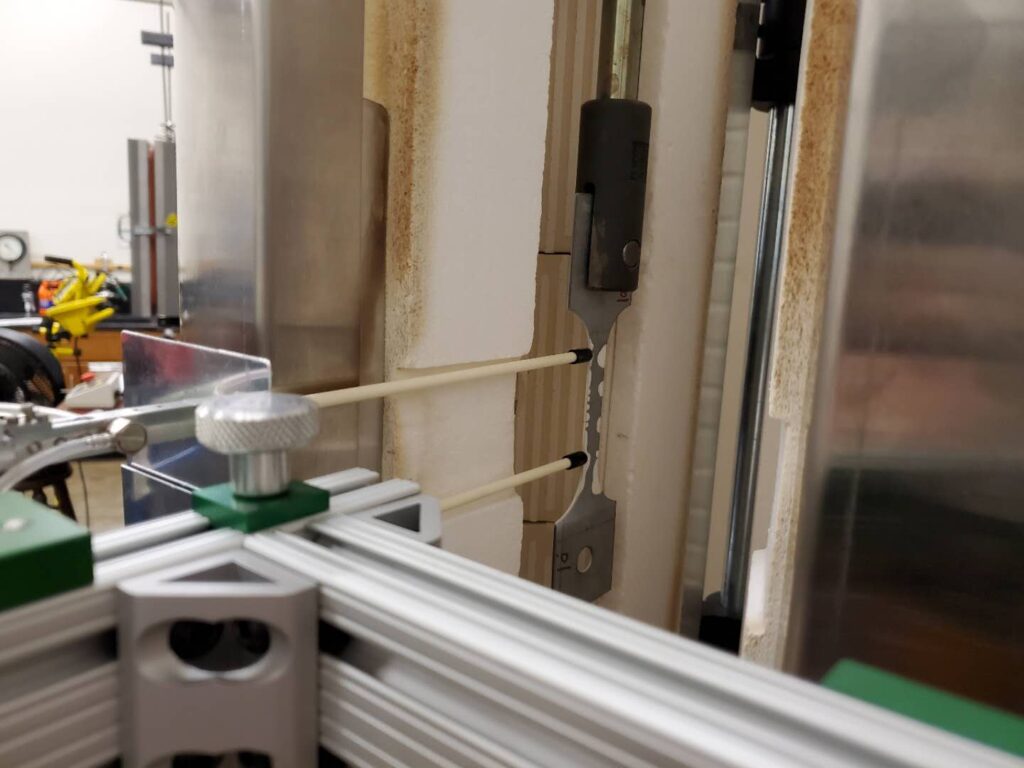Context
The group’s main goal is to make our cities more resilient and our infrastructure safer against multi-hazard extreme events. We are primarily active in the fields of structural engineering and fire safety engineering.
Extreme hazards affect the built environment at several scales. They affect the behavior of the materials, such as steel and concrete. They damage the structures that form the buildings and bridges. Finally, they impair the functionality of the systems that are essential to the prosperity of our societies. Our research spans these different scales to address the multiple challenges of structural resilience.

Material Scale

We seek to understand the effects of extreme events on the behavior of civil engineering materials. We conduct experiments, we develop computational models for implementation in finite element software, and we incorporate uncertainties through probabilistic modeling.
Examples of publications:
- New multiaxial constitutive model for concrete in fire
- Probabilistic models for temperature-dependent material properties
- Experimental tests on high strength steels at elevated temperature
- Ductile fracture of dual phase steels at elevated temperature
- Equations for temperature reduction of properties of cold-formed steels (incorporated in AISI)
Structural Scale

We look at how structures behave under extreme events. We develop methods for design and reliability assessment of civil engineering structures under a variety of hazard scenarios. We provide tools and rigorous approaches to performance-based fire design.
Examples of publications:
System Scale

Damage to critical infrastructure disrupt a city’s ability to function for the community. However the infrastructure systems can be made more resilient through efficient structural design decisions, which may enhance residual functionality and minimize recovery time. We study the impact of critical infrastructure failure on a system’s resilience and look for methods for minimizing this impact.
Examples of publications:
- Cost-Benefit Analysis of fire safety investments
- Prediction of wildfire ignitions using machine learning
- Evaluation of fire-induced economic losses for concrete buildings
- Predictive model for Fire Following Earthquake ignitions in a community
- Resilience of the built environment to fire and fire-following-earthquake


